The Future of Healthcare Automation How Dispensing Robots Are Revolutionizing Patient Care
The healthcare industry is on the brink of a transformative revolution, driven by the integration of advanced technology and automation. One of the most significant innovations in this realm is the dispensing robot, which is redefining how patient care is delivered. According to a report by Transparency Market Research, the global market for dispensing robots is projected to grow at a compound annual growth rate (CAGR) of 13.4%, potentially reaching over $2 billion by 2027. This surge in adoption is fueled by the demand for increased efficiency, accuracy, and safety in medication management. Dispensing robots not only reduce the risk of human error but also optimize workflow in healthcare settings, thus allowing healthcare professionals to focus more on patient-centric activities. As we explore the future of healthcare automation, the pivotal role of dispensing robots in enhancing patient care and operational efficiency cannot be overstated.
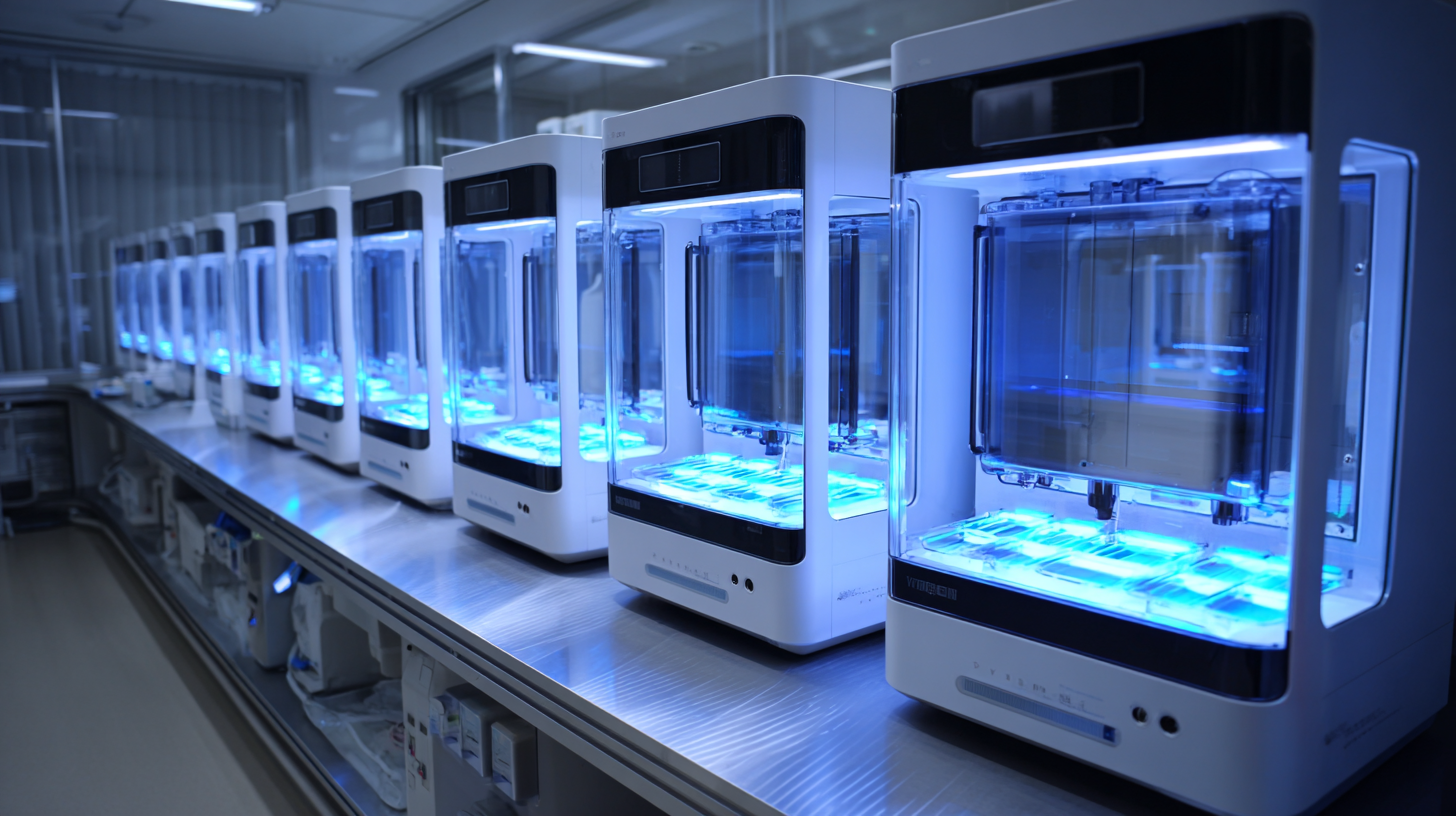
The Role of Dispensing Robots in Enhancing Medication Management
The integration of dispensing robots into healthcare facilities is reshaping the landscape of medication management. These advanced machines are designed to automate the process of storing, dispensing, and tracking medications, significantly reducing the potential for human error. By taking over routine tasks, such as filling prescriptions and managing inventory, dispensing robots allow healthcare professionals to focus on patient care, enhancing overall safety and efficiency.
Moreover, dispensing robots contribute to improved patient outcomes by providing timely access to medications. They streamline the workflow in pharmacies and nursing stations, ensuring that patients receive their medications promptly. This speed is critical, especially in emergency situations or for individuals with chronic conditions who require regular medication management. Additionally, the data collected by these robots can offer valuable insights into prescription patterns, helping to optimize inventory management and facilitate better decision-making in pharmacotherapy. As healthcare continues to evolve, the role of dispensing robots in enhancing medication management will undoubtedly become more central, promising a more efficient and reliable healthcare system.
The Impact of Automation on Patient Safety and Error Reduction
The automation of healthcare, particularly through the use of dispensing robots, is having a significant impact on patient safety and the reduction of medication errors. Recent studies, such as the TIME study, highlight how the transition to a digital hospital framework can minimize medication errors by streamlining processes and improving accuracy in medication dispensing. Automated systems not only reduce the risk of human error, which is a leading cause of adverse events, but they also enhance the overall safety culture within healthcare settings.
Advancements in technology, including artificial intelligence and automated dispensing cabinets, represent a critical innovation in medication management. These systems are designed to integrate sophisticated forecasting models that anticipate medication dispensing needs, thereby decreasing the likelihood of errors. AI-enabled solutions, such as wearable cameras for monitoring clinical practices, further enhance error detection, promoting an environment where patient safety is prioritized. The continuous evolution of these technologies promises to create more reliable healthcare services, ultimately fostering greater trust between patients and healthcare providers.
The Future of Healthcare Automation: How Dispensing Robots Are Revolutionizing Patient Care
| Dimension | Description | Impact on Patient Care | Error Reduction (%) |
|---|---|---|---|
| Medication Dispensing | Automated systems that provide accurate dosing of medications. | Increased accuracy and timeliness of medication administration. | 30% |
| Inventory Management | Real-time tracking of medication stock levels with automated reordering. | Ensures availability of necessary medications, reducing delays. | 25% |
| Data Management | Automated consolidation of patient medication records and history. | Improves decision-making during patient care. | 20% |
| Patient Engagement | Robots assist patients in taking medications on time through reminders. | Enhances patients' adherence to prescribed treatments. | 15% |
| Compliance Monitoring | Automated tracking of patient compliance with medication protocols. | Facilitates timely interventions for non-compliance. | 35% |
Future Trends in Healthcare Automation and Robotic Dispensing
The healthcare automation landscape is rapidly evolving, with robotic dispensing systems leading the charge toward enhanced patient care. The incorporation of advanced technology in pharmacy practice has significantly boosted efficiency and safety in medication management.
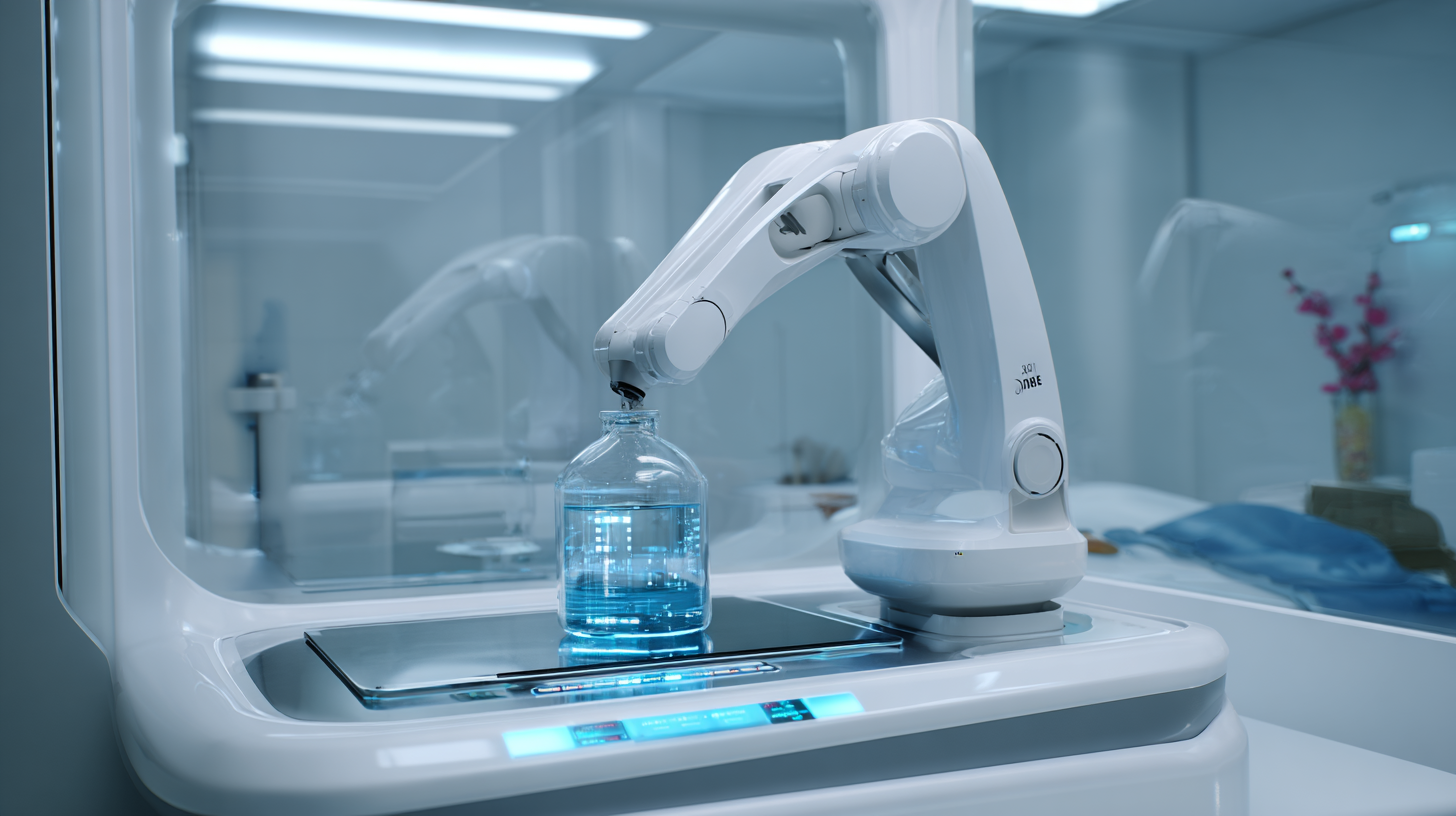 Automated dispensing cabinets (ADCs) and other pharmacy automation solutions are redefining how medications are dispensed, ensuring accuracy and reducing the potential for human error. As a result, healthcare providers can focus more on patient interaction rather than administrative tasks, ultimately improving the quality of care delivered.
Automated dispensing cabinets (ADCs) and other pharmacy automation solutions are redefining how medications are dispensed, ensuring accuracy and reducing the potential for human error. As a result, healthcare providers can focus more on patient interaction rather than administrative tasks, ultimately improving the quality of care delivered.
Market projections indicate a robust growth trajectory for healthcare dispensing systems. The global market is estimated to grow from $4.36 billion in 2024 to $6.27 billion by 2030, fueled by a compound annual growth rate (CAGR) of 6.3%. This surge is not only attributed to technological advancements but also to the increasing demand for medication safety and efficiency in healthcare settings. With a growing emphasis on patient-centric care, the future of healthcare automation looks promising, paving the way for further innovations in robotic dispensing solutions that will enhance operational workflows in pharmacies and hospitals alike.
Challenges and Solutions in Implementing Dispensing Robots
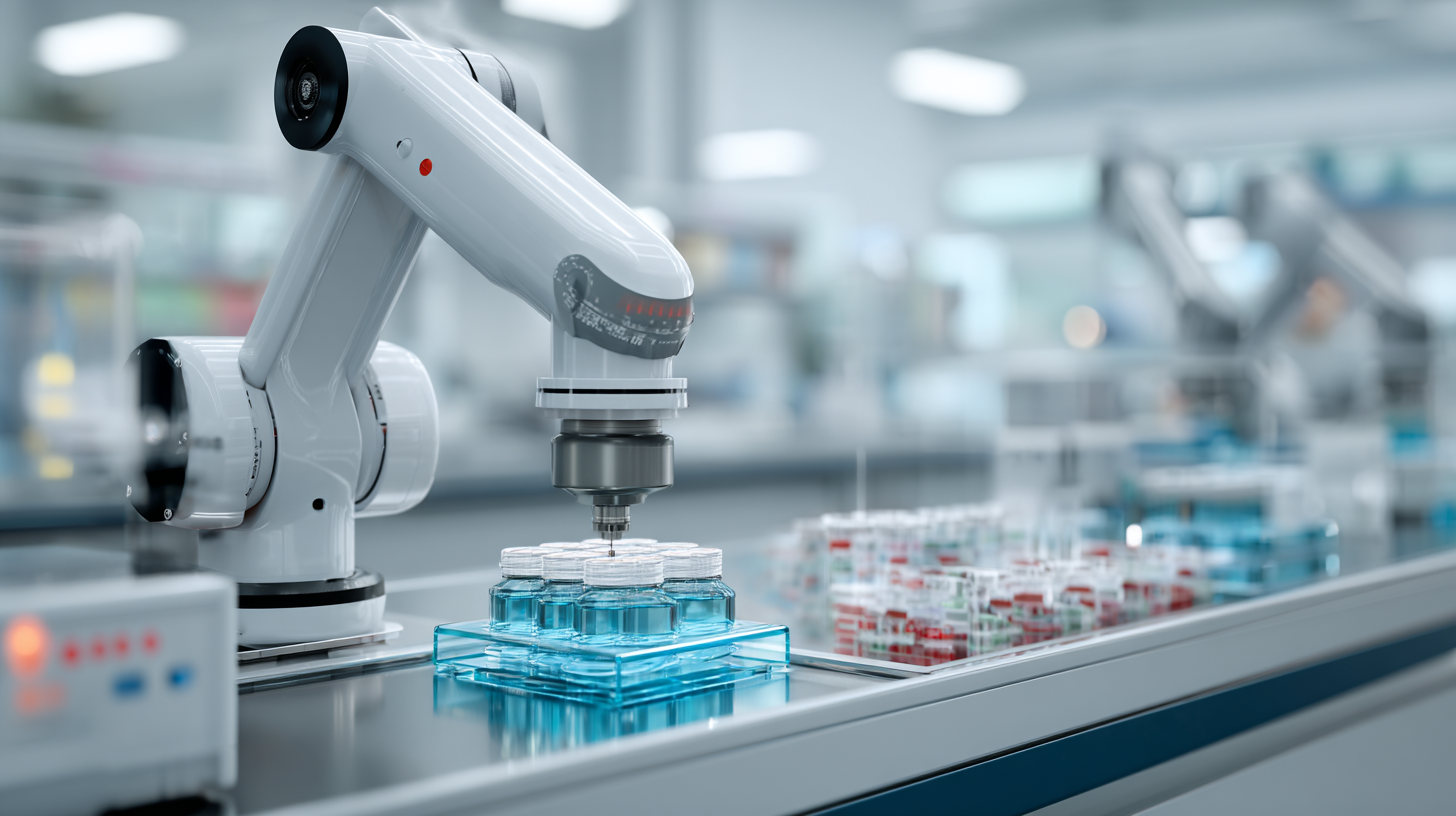 The integration of dispensing robots into healthcare systems has shown promising potential in transforming patient care, yet the journey is fraught with challenges. According to a report by Grand View Research, the global healthcare robotics market is projected to reach $42.5 billion by 2026, with a significant portion attributed to dispensing robots. However, organizations face hurdles such as high initial investment costs and the need for robust infrastructure. Furthermore, training healthcare staff to effectively operate these machines is essential to ensure seamless integration into existing systems.
The integration of dispensing robots into healthcare systems has shown promising potential in transforming patient care, yet the journey is fraught with challenges. According to a report by Grand View Research, the global healthcare robotics market is projected to reach $42.5 billion by 2026, with a significant portion attributed to dispensing robots. However, organizations face hurdles such as high initial investment costs and the need for robust infrastructure. Furthermore, training healthcare staff to effectively operate these machines is essential to ensure seamless integration into existing systems.
To mitigate these challenges, healthcare providers should consider these tips: First, invest in a phased implementation strategy that allows for gradual adaptation to robotics, enabling staff to build familiarity and confidence. Second, exploring partnerships with vendors who offer comprehensive training and support can significantly ease the transition. Lastly, focusing on data analytics can optimize the deployment process by identifying areas that will benefit most from dispensing robots, ultimately enhancing patient care efficiency while reducing operational costs.
Patient Perspectives: Embracing Automation in Personal Care
As healthcare continues to evolve, patients are increasingly embracing automation in personal care, particularly through the implementation of dispensing robots. According to a report by the Healthcare Automation Institute, automated dispensing systems can significantly enhance medication management, reducing errors by up to 50%. Patients express greater confidence in their medications being accurately dispensed, leading to improved health outcomes and adherence to treatment plans.
Furthermore, a survey from the Consumer Technology Association revealed that over 70% of patients are open to using automated systems in their healthcare experience. This reflects a growing acceptance of technology that not only streamlines processes but also allows healthcare professionals to dedicate more time to direct patient interaction. By alleviating routine tasks, such as medication delivery, dispensing robots contribute to a more patient-centered approach, ultimately fostering a healthcare environment where automation enhances personal care rather than detracting from it.
Related Posts
-

Exploring the Future of Robot Servo Technology at the 2025 China Import and Export Fair
-

Exploring the Future of Robot Servos at the 138th China Import and Export Fair in 2025
-
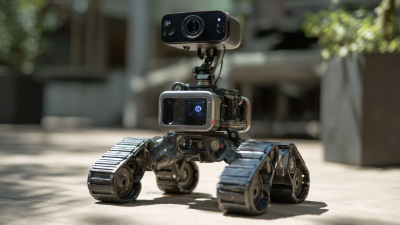
How to Enhance Your Photography Skills with Innovative Camera Robots
-
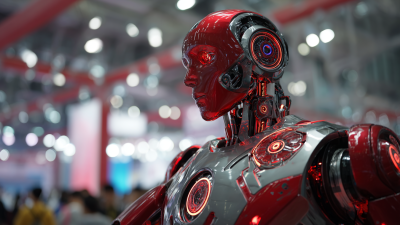
Robotic Process Innovations at the 138th Canton Fair 2025 Transforming Industry Standards in China
-

Unlocking the Future of Automation with Digital Robotic Process Techniques
-

Transforming Industry with Intelligent Robots at the 138th Canton Fair in 2025






